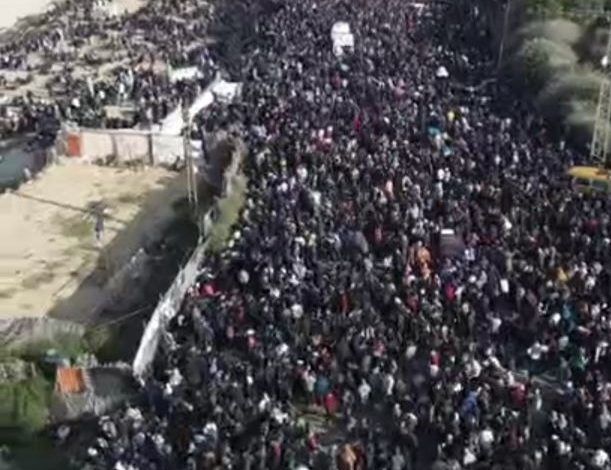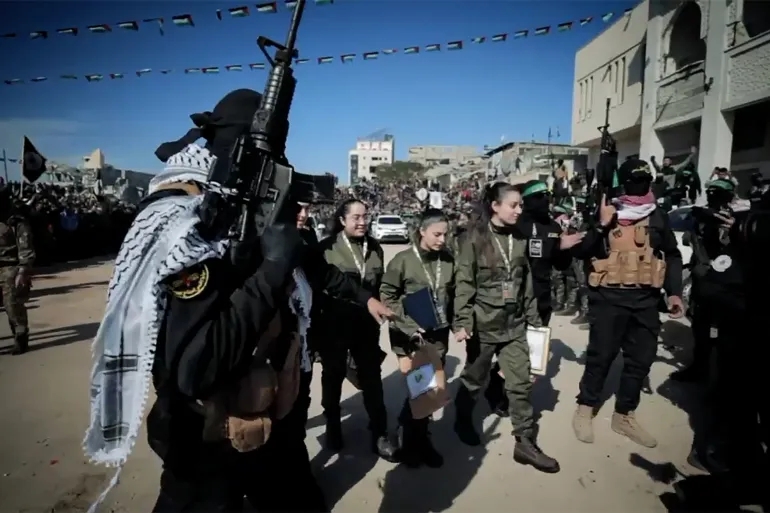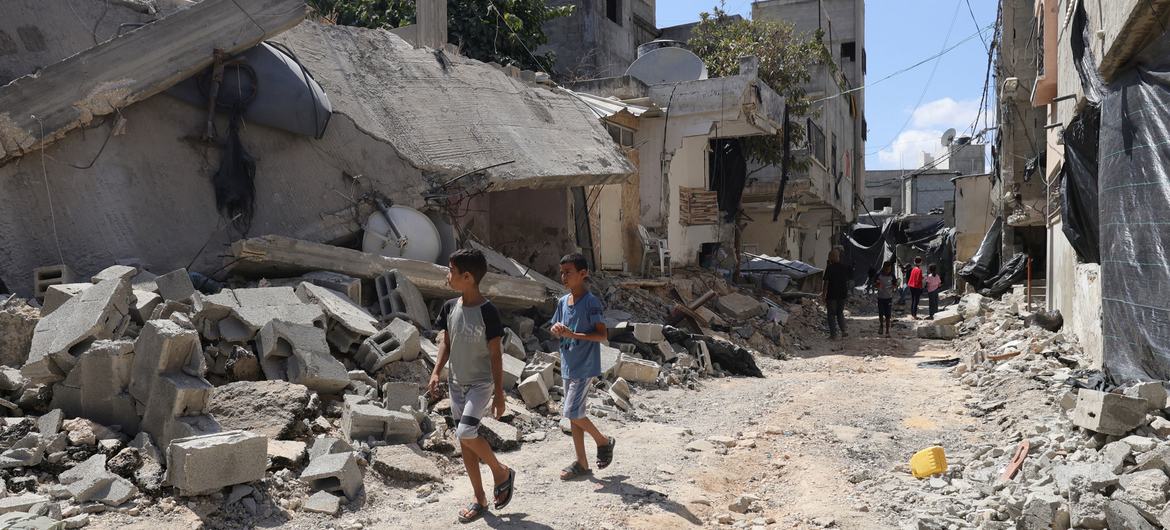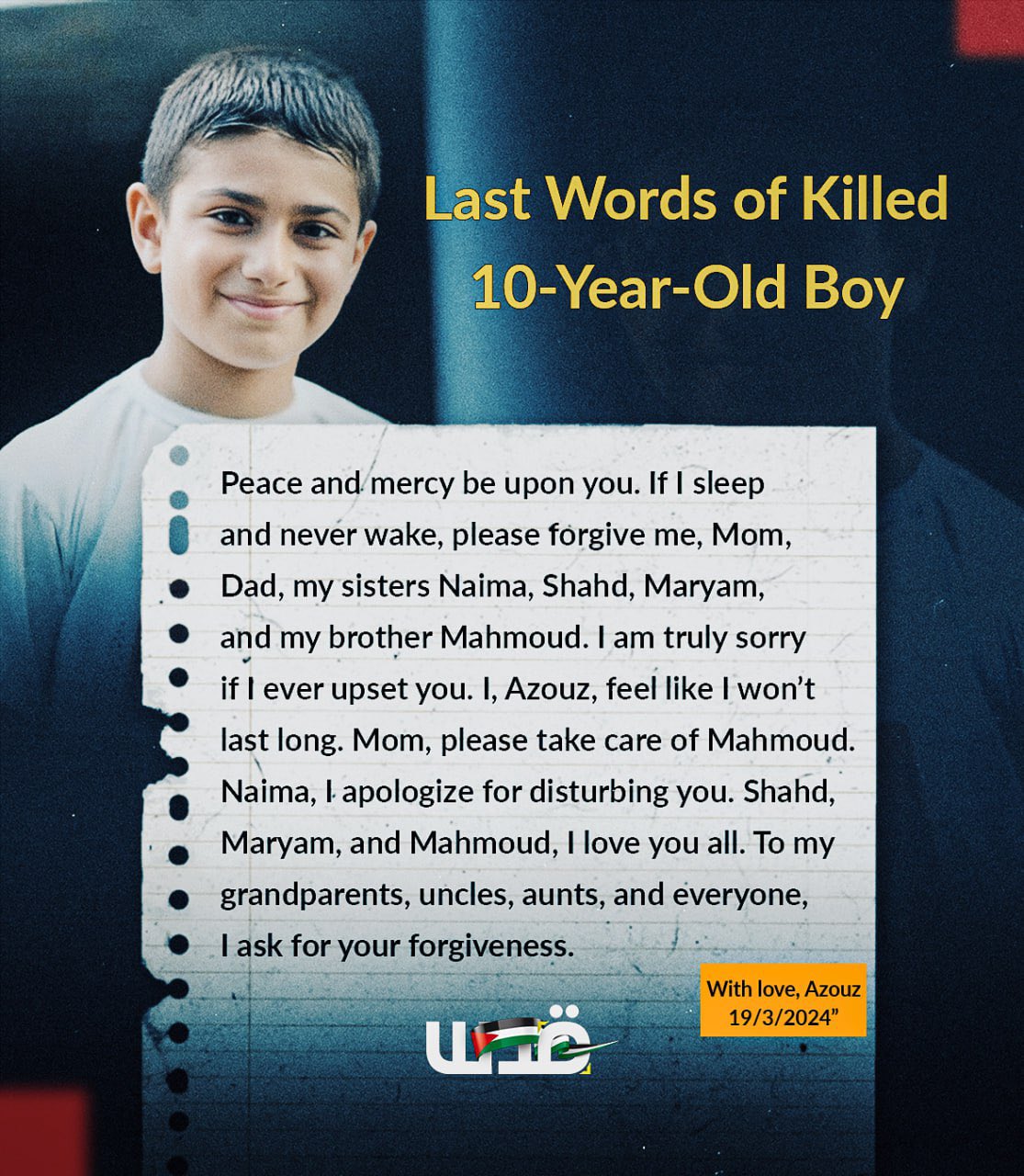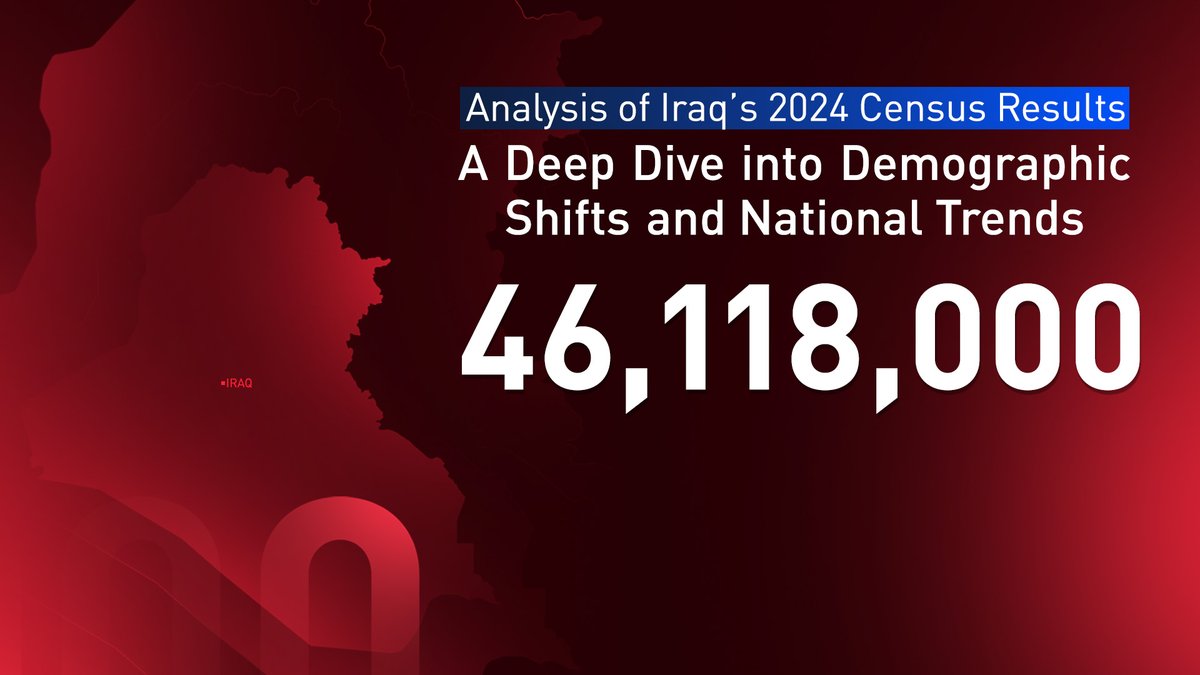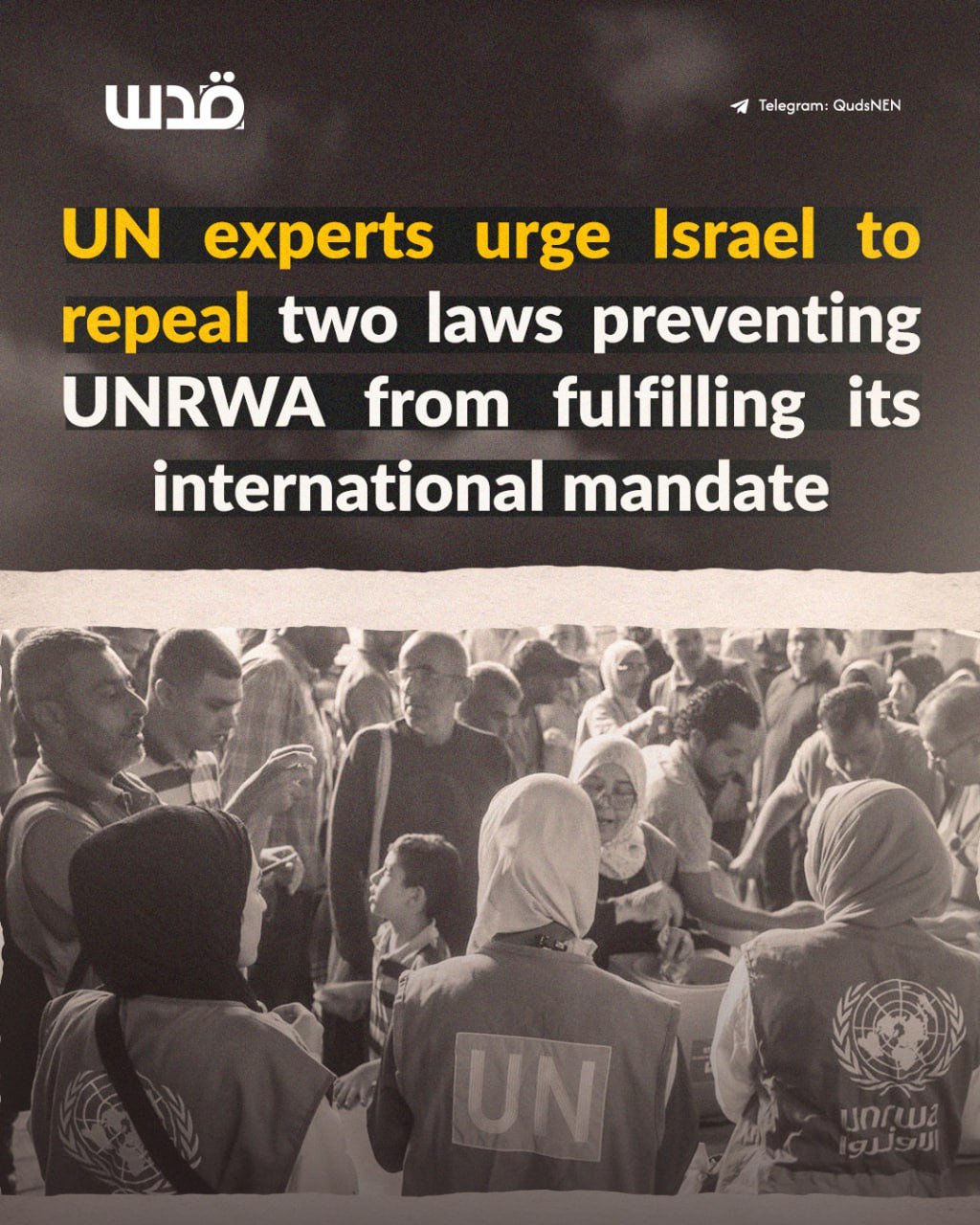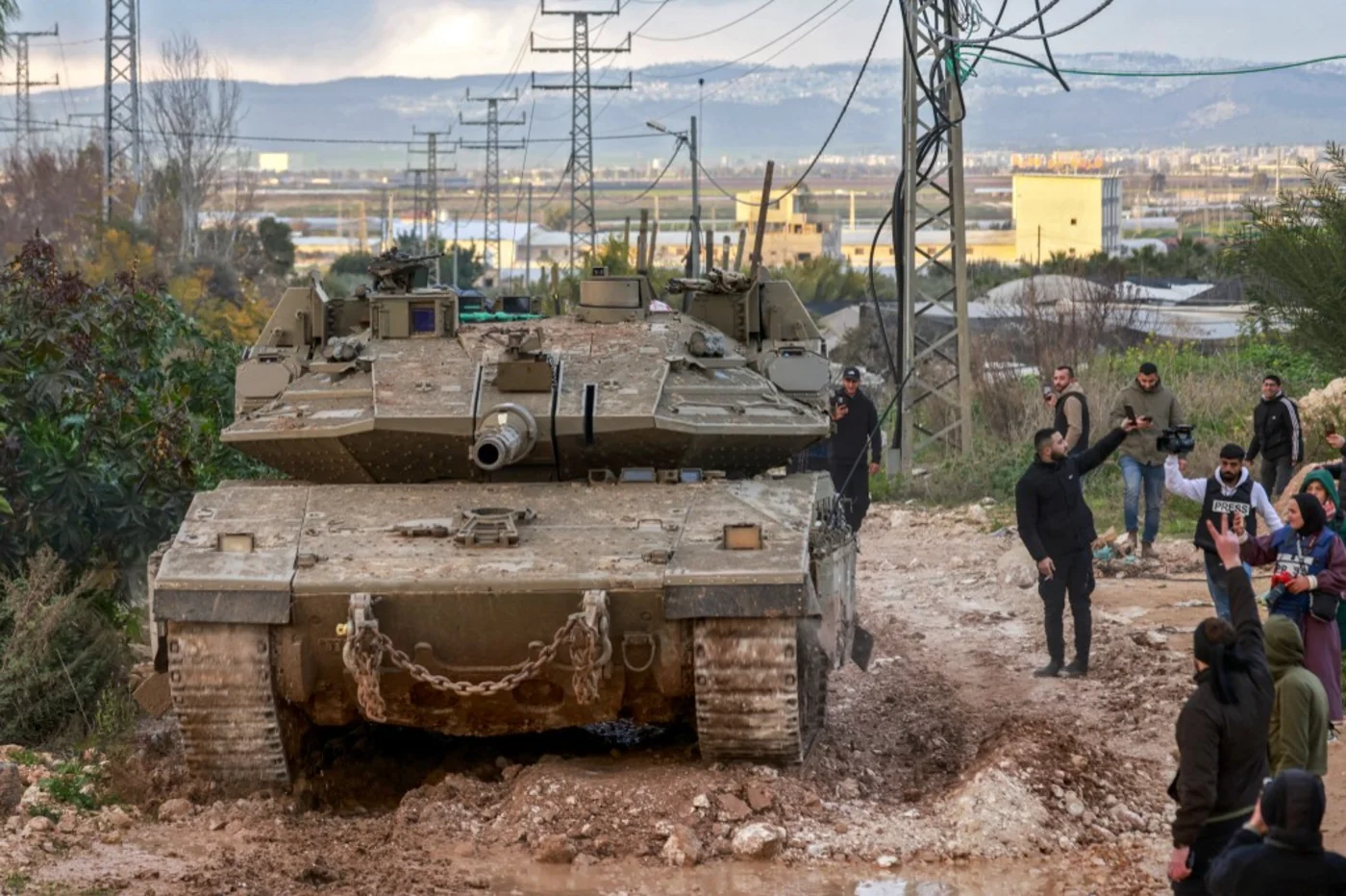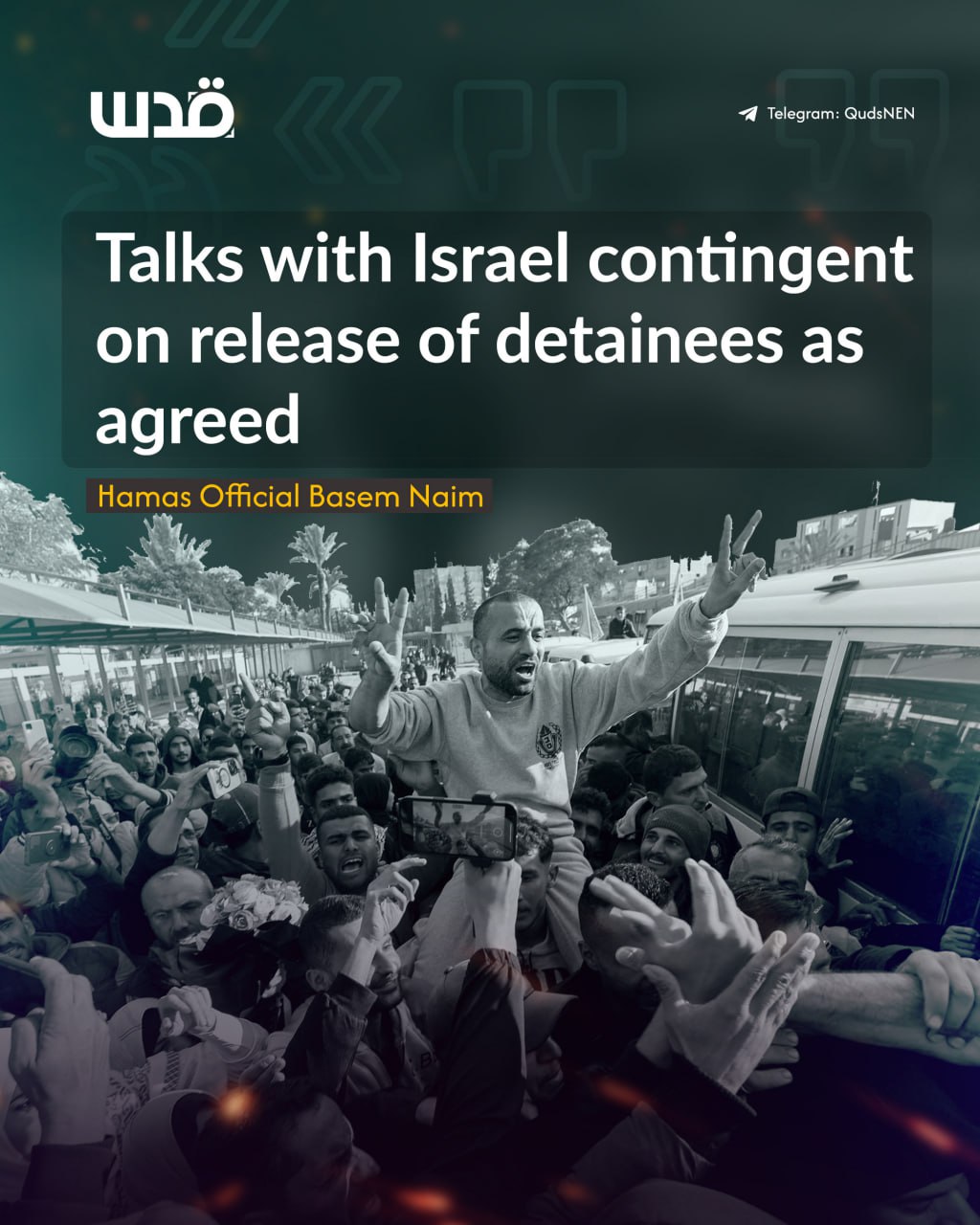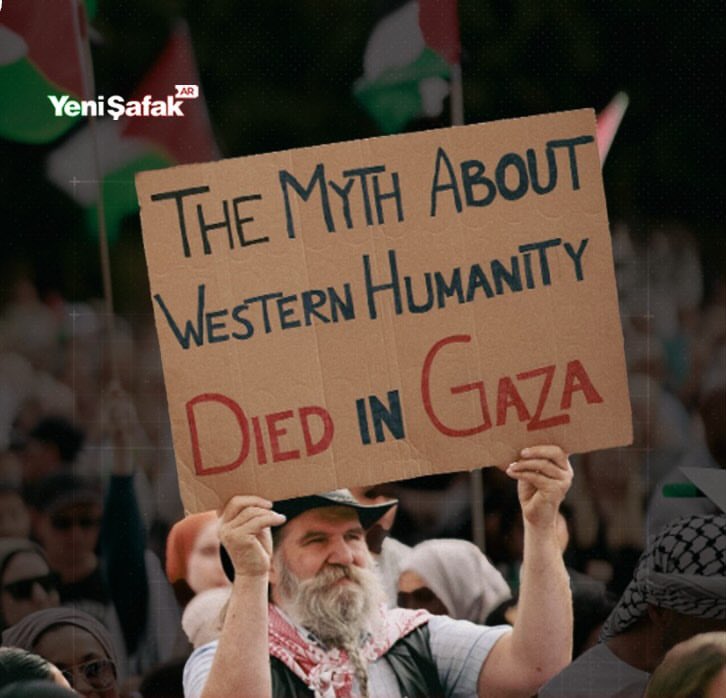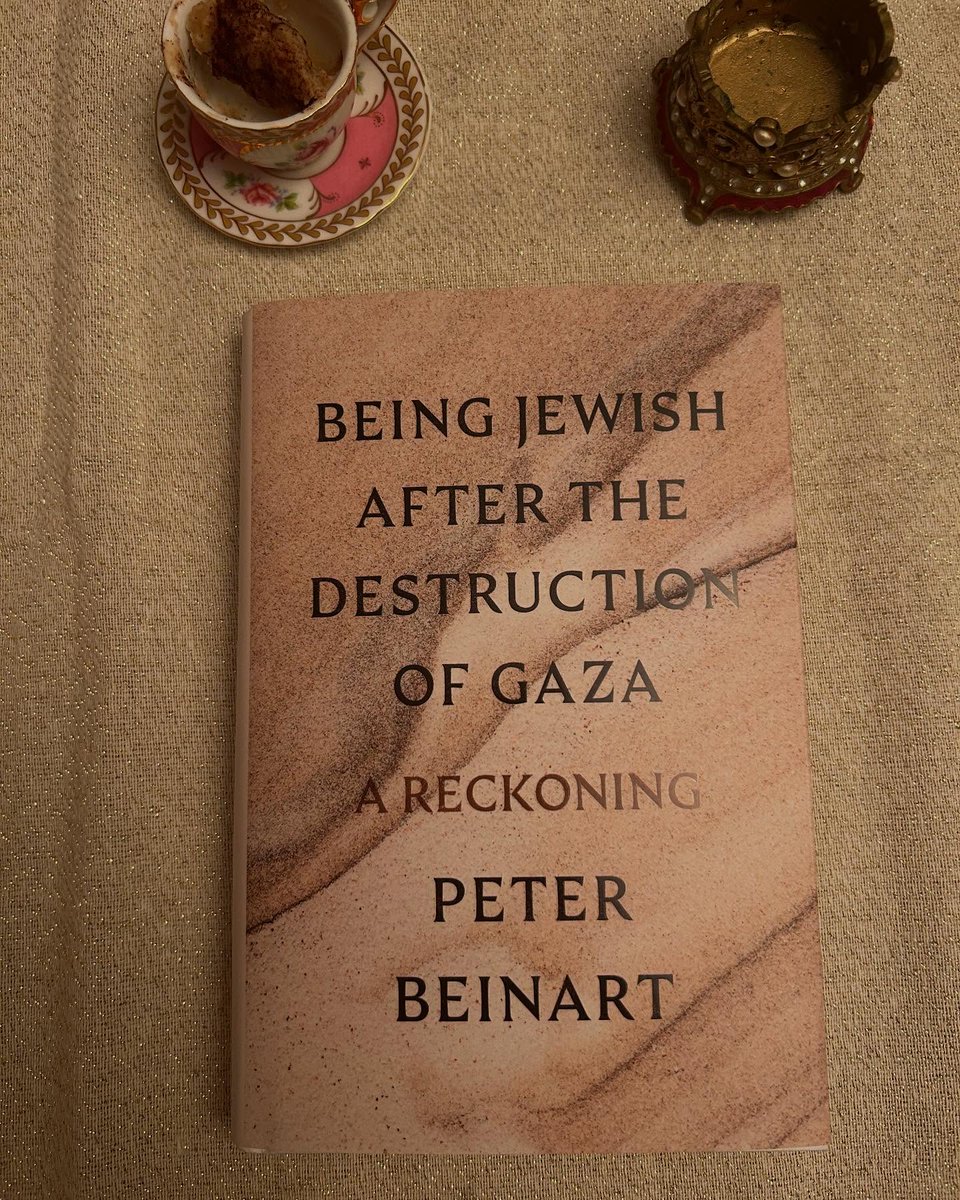1000s of Palestinians Wait at Netzarim to Cross Into North Gaza
Thousands of displaced Palestinians have been gathering at the closest point to the Netzarim Corridor in central Gaza since Saturday, spending the entire night on the streets as they await a permit from the Israeli occupation to return to their homes in northern Gaza.
Women, children, and elderly people have been lining up along Al-Rashid Street (west), waiting for the Israeli military to permit them to begin streaming into northern Gaza. Meanwhile, vehicles filled with residents and their belongings are also waiting on Salah al-Din Street (east), where they will undergo searches before being allowed to cross into the northern areas.
The movement was expected to resume after Hamas handed over four Israeli soldiers as part of the ceasefire agreement on Saturday.
According to the agreement, the Israeli army is required to withdraw completely from west of the Netzarim axis, including the coastal Al-Rashid Street, to Salah al-Din Street in the east.
Under the deal, Israeli forces must dismantle military positions in the Netzarim area. Once completed, Palestinians would regain freedom of movement between Gaza’s north and south. Hamas sources confirmed this and said displaced Palestinians would be allowed to return to their homes unarmed. Humanitarian aid would also move freely via Al-Rashid Street.
Earlier on Saturday, Hamas said that Israel is delaying the ceasefire terms. In a statement, Hamas said, “The occupation continues to stall in implementing the ceasefire and prisoner exchange agreement by keeping Al-Rashid Street closed and blocking displaced civilians from returning north.”
Hamas warned Israel against further delays, holding it accountable for any disruptions to the agreement.
The ceasefire, which began on January 19, is set to last 42 days in its first phase. Egypt, Qatar, and the United States brokered the agreement.
From October 7, 2023, to January 19, 2025, Israel’s genocide in Gaza caused catastrophic losses. Over 158,000 Palestinians, mostly women and children, were killed or injured. More than 14,000 remain missing, making this one of the world’s worst humanitarian disasters according to the Quds News Network.

